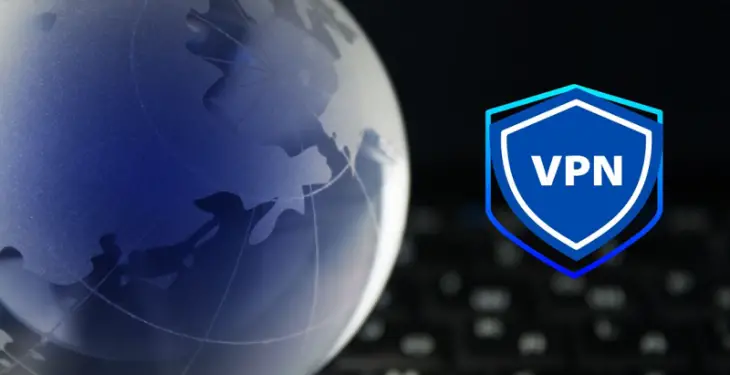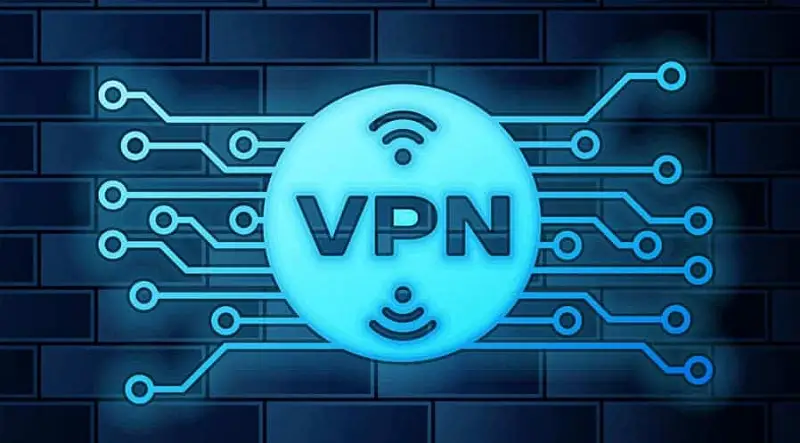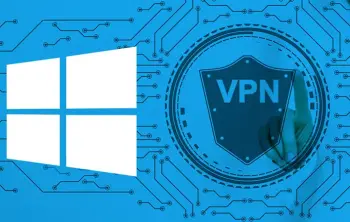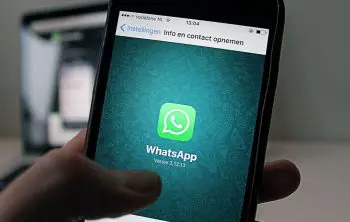UCSD(University of California, San Diego) VPN, a Virtual Private Network, allows users to access university networks securely from off-campus locations. Using this network, teachers, students, and staff can easily connect to the university network. It allows them to get restricted access to resources such as research material, internal websites, and Library databases.
The UCSD serves as a gateway allowing members to access university resources remotely. Whether you are connecting from your home, traveling, or anywhere from an off-campus location you can easily access university resources by establishing a connection to UCSD network infrastructure.
To use this VPN, you have to install software provided by the university, you can log in using your UCSD credentials and access it from any location. It is also important to follow their guidelines keeping your VPN client up-to-date and following proper authentication procedures.
What is Campus VPN?
A VPN is a secure private network connection that lets us access restricted information and surf the internet. The Campus VPN service provides alternatives to using the proxy server for accessing resources of the university and the library.
A Campus VPN is a valuable tool for providing secure access enabling collaboration between members of the university community. The main aim of campus VPN is to provide access to resources that are restricted to the internal network within the university. This includes:
-
Library Databases
-
Research materials
-
Internal Websites
-
Academic or Administrative Resources
It offers benefits such as:
-
Enhanced Security
A campus VPN helps protect sensitive information and data from unauthorized access, especially when using unsecured public networks.
-
Remote Access
Students, faculty, and staff can easily access resources of the UCSD without worrying much about security and can connect from anywhere.
-
Access Control
VPN also ensures that data can be accessed only by authorized users with valid credentials.
-
Bypassing Geographical Restrictions
In some cases, it can also be used to access or bypass geographically restricted content.
Limitations
-
Connection Speed
Depending on the user’s location and the distance between the server and the user, using a VPN may result in slower internet speeds compared to a direct connection.
-
Network Policies
Users also have to adhere to the campus regulations and policies for using VPNs. These policies may include restrictions put on accessing certain websites or services or any type of content.
-
Authentication Requirements
While using UCSD VPN users have to authenticate themselves for using its services using university credentials such as username and password to access it. It is also important to keep them secure and avoid sharing them with unauthorized individuals.
What is UCSD VPN?
The UCSD VPN creates a virtual private connection between your device and the university network with the help of encryption. It helps in protecting computer data transmission interception. It also makes sure that authorized users can access the campus network from anywhere.
How to use UCSD VPN off campus?
You can install any VPN but AnyConnect is preferred to access the resources from the library. You need to have your ID on AnyConnect to download and install it.
How to Use
Download and Install the VPN Client
You can easily find VPN clients on university IT service websites. Download the VPN client and install it on your device.
Launch the VPN Client
Once it is downloaded, launch it on your device. Sometimes, you may need to relocate the application to your application folder and open it.
Login with UCSD Credentials
Login into the VPN client using your UCSD surname and password provided. This particularly requires your UCSD Single Sign-On(SSO) credentials, which are the same credentials you use to access UCSD services.
Select a VPN Server
After logging in, you have to select the server. Choose a server based on services you want to use based on location. You can also use the default server recommended by UCSD.
Connect to the VPN
Once you select the server, click on “Connect” to establish a connection to the UCSD VPN.
Access UCSD Resources
When the connection is established, you can access UCSD network resources. You can access research materials, internal websites, library databases, and other resources available on the university network.
Disconnect from the VPN
When you are done surfing on the network and no longer need to access, disconnect from the VPN client. The main reason why you should is to ensure internet traffic isn’t unnecessarily reputed on the university network.
Close the VPN Client
When you disconnect it, now you can close the VPN client application on your device.
Importance of UCSD VPN
Secure Access to Resources
This VPN service allows students to securely access UCSD’s network from anywhere on campus location. They can access resources of universities resources such as research materials, internal websites, library databases, etc.
Protection of sensitive data
It encrypts your data and transmits the data between your device and the university’s network. The VPN protects your data from unauthorized access.
Facilitating Remote Work and Collaboration
UCSD enables students and employees to access shared files and can participate in meetings from anywhere with an internet connection.
Ensuring Compliance with Security Policies
Every university even UCSD has its regulations and policies to safeguard their data and network infrastructure. Using a VPN ensures a secure and authenticated method of accessing the university network.
Bypassing Network Restrictions
There are some cases in which students face problems like network restrictions and firewalls that prevent access to geo-restricted websites from off-locations. The VPN can bypass these restrictions through the network, allowing students to access the internet.
Advantages and disadvantages
Advantages
- Enhanced Security
- Privacy Protection
- Access to Restricted Content
- Secure Remote Access
- Anonymous Browsing
Disadvantages
- Potential Slower Connection speeds
- Cost
- Trustworthiness of VPN providers
- Potential for misuse
- Complexity for Less Tech-Savvy Users
Conclusion
Overall, UCSD is an important tool for accessing secure and accessing university resources, protecting sensitive information, enabling remote work, and maintaining compliance with security policies.
But, It’s also essential to follow UCSD’s guidelines and policies when using the VPN, for safe and secure browsing maintaining the security of UCSD’s credentials. If you are facing some issues while connecting to it or need any assistance with UCSD VPN, you can easily contact the university IT help desk for support.







